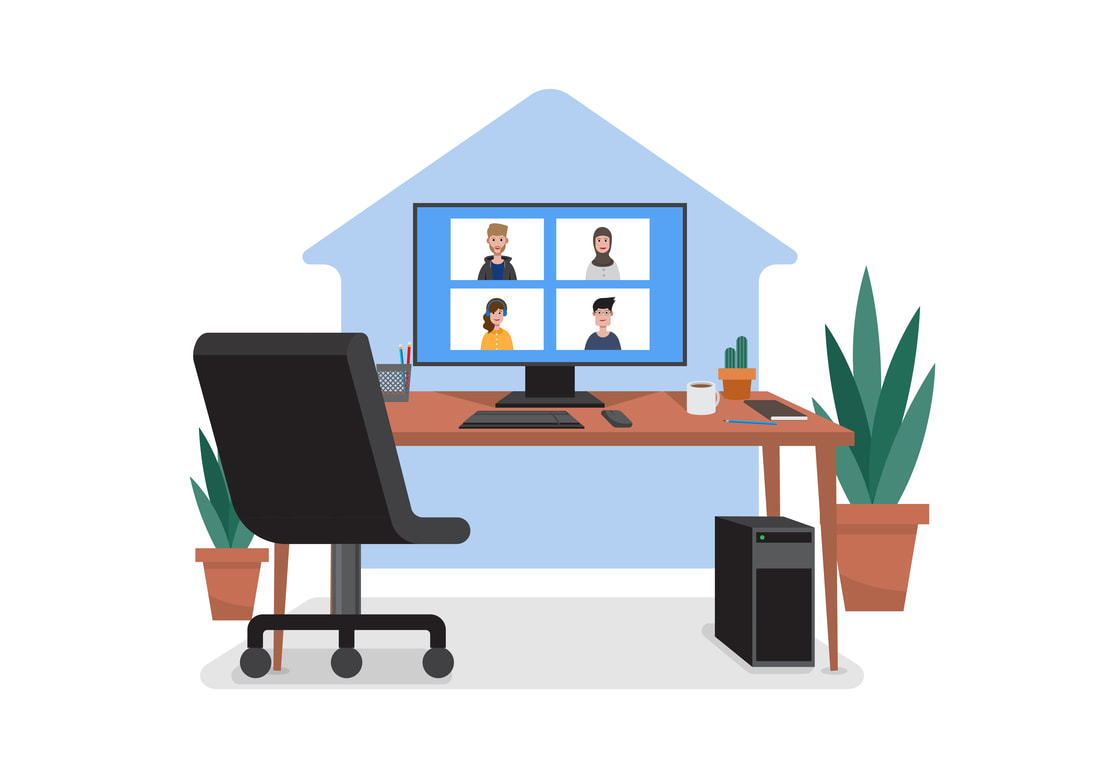|
Image courtesy of vecteezy.com Over the last I don’t know how many decades or centuries, efforts to gain efficiencies and improved profits have seen working hours, office locations and styles change and adapt to the prevailing times. The industrial revolution, world wars, previous epidemics and even inclement weather have all driven changes. So, it is not that unique that working trends have shifted again following Covid’s upheavals, shutdowns and remote working over the past two years.
In times of recession or slow-down, large companies have implemented shorter working weeks, with flexible hours. In fact even in fairly stable times, some companies have experimented with providing freedoms to employees to set their own hours, with results being driven and measured by project or task goals. Experimentation with office styles has also covered the spectrum of everything from individual offices to cubicles, and open plan to hot desking, where employees do not even have a fixed space to work in. Even remote working or working from home is not unique; but perhaps what has changed is the fact it has been embraced and has proved that managers do not need to physically stand over their employees’ shoulders. I believe it has given confidence to more potential clients that it is not where you work from or what the office may look like, but the quality of the work provided and the level of professionalism and communication delivered. These trends have created new challenges which technology has solved creating seamless, decentralised offices, where teamwork and collaboration is alive and thriving. In fact, I have seen first-hand where new graduates spent only their first day in a conventional office environment (over a year ago) and have been remote working ever since. Their organisation have implemented ideal practices and you could go so far as to say that personal interaction and teamwork may not have thrived and been as interactive in the physical world. Maybe this is a testament to the Millennial generation’s view on the world? Some of the by-products of this mass decentralisation can be felt on our roads where congestion is less. Employees may arrive at work more refreshed (either from a better or no commute) and deliver more productive hours while at the same time gaining more of their own. Time that could be spent exercising to be healthier, or with family to be happier, or even just being more productive. So a win for all – employers, employees, clients and the environment. Obviously remote working is not optimal in every situation and with humans being social animals, it may be that a great deal of society prefers physical contact rather than a virtual one, but this does not diminish the fact that home offices and remote working do work. So what is my take away? Times will change; we will return to a version of our former working environments, but the fact that some of our suppliers are working from home offices will not be as alien or frowned on and may even be embraced as beneficial.
0 Comments
|
AuthorGary Bortz, Director of Bortz Product Design Categories |
